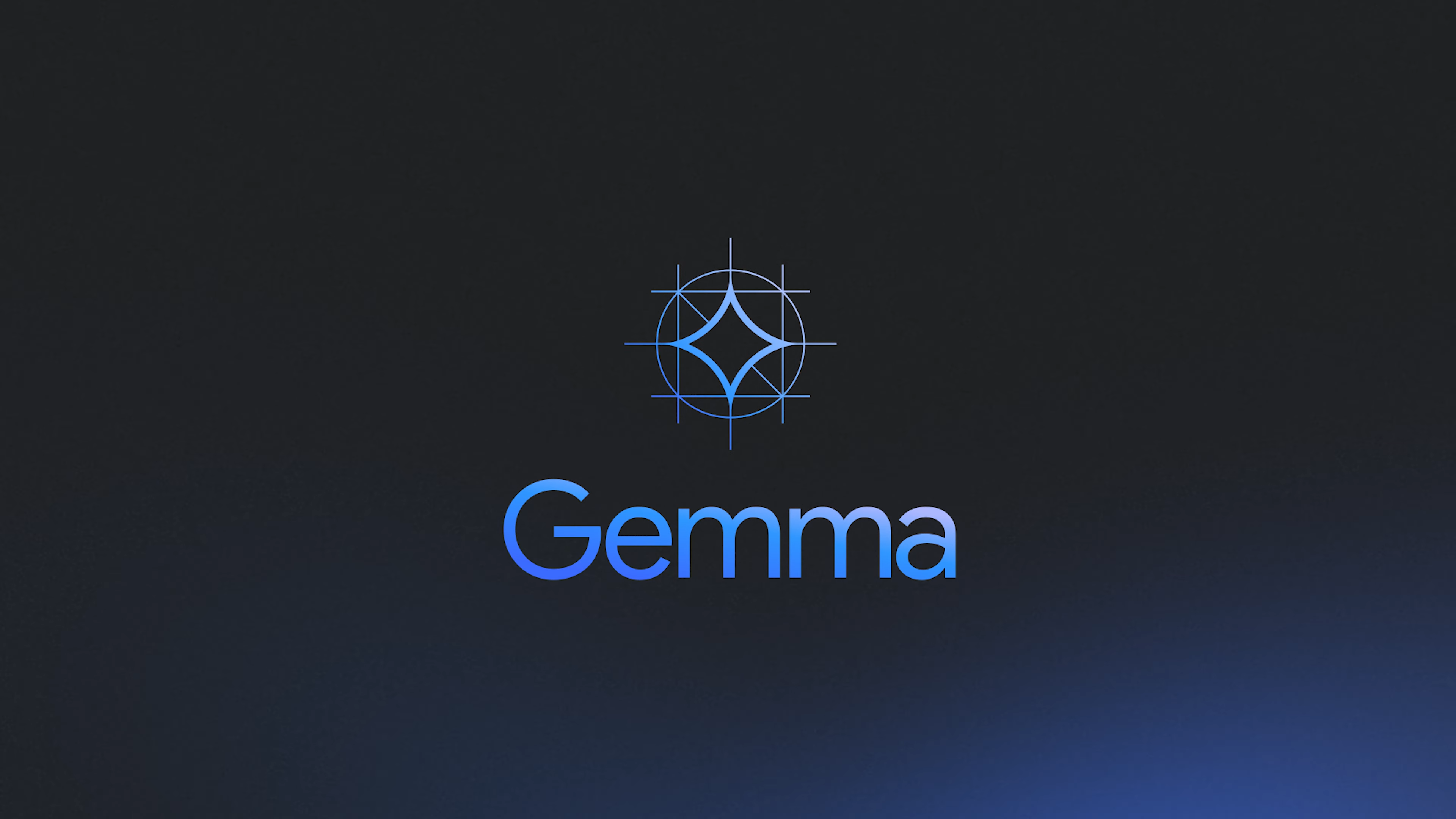Gemma 3 Achieves 98% Accuracy of DeepSeek with Just One GPU, According to Google

Understanding Google’s Gemma 3 AI Model
Google has recently launched its open-source AI model called Gemma 3, introducing new capabilities that make it both competitive and efficient in performance. This move comes in response to claims from startups like DeepSeek AI, which have made headlines by showcasing their powerful AI technology.
Performance Comparison with DeepSeek AI
DeepSeek AI has received attention for its impressive GPU utilization, specifically with its R1 model. Google’s Gemma 3 reportedly comes very close to the accuracy of DeepSeek R1 with just a fraction of the computing resources. Using an Elo scoring system, which is typically used to rank players in chess and sports, Google states that Gemma 3 scores 1338, while R1 scores 1363. Despite the slight edge that R1 holds over Gemma 3, Google emphasizes that achieving a similar performance with R1 would require significantly more resources—32 H100 GPU chips compared to just one for Gemma 3.
Key Features of Gemma 3
Google characterizes Gemma 3 as "the most capable model you can run on a single GPU or TPU." The model was designed to deliver outstanding performance and requires fewer resources, making it accessible for developers who want to create efficient applications.
Specifications
- Parameter Count: Gemma 3 offers several variations with parameter counts of 1 billion, 4 billion, 12 billion, and 27 billion. In contrast, DeepSeek’s R1 has 671 billion parameters but can selectively utilize 37 billion.
- Longer Context Window: One of the significant improvements in Gemma 3 is its context window size. While Gemma 2 had a limit of 8,000 tokens, Gemma 3 can handle 128,000 tokens, which is ideal for processing longer documents like research papers.
Multi-Modal Capabilities
Unlike its predecessor, Gemma 2, Gemma 3 boasts multi-modal capabilities. This means it can process not only text but also images, enabling users to ask complex queries such as identifying elements within photos. This makes Gemma 3 more versatile for various applications.
Language Support
Another advancement is the extensive language support in Gemma 3. The model can work with over 140 languages, making it more accessible to a global audience compared to the English-only support of Gemma 2.
Enhancements in Data Privacy
Data privacy continues to be a concern with AI models, as they may inadvertently memorize training data, leading to potential information leaks. Research from Google indicates that Gemma 3 exhibits a lower tendency to memorize text from training data compared to its predecessors. This enhancement suggests that Gemma 3 might be less prone to information leakage, thereby increasing its reliability for sensitive applications.
Development and Usage
For developers interested in implementing Gemma 3, Google has made its code available through platforms such as Hugging Face. The smaller models are optimized for on-device usage, which is vital for applications requiring quick processing without heavy server dependence.
Quality Control Mechanisms
Google employs various quality control measures to ensure the effectiveness of Gemma 3. These include Reinforcement Learning from Human Feedback (RLHF) and other methods to refine the model’s outputs, enhance math skills, and improve its coding abilities.
Conclusion
Gemma 3’s state-of-the-art design reflects significant advancements in AI technology, showcasing Google’s ongoing commitment to innovation in artificial intelligence. With its competitive performance, reduced needs for computational power, and broad language support, Gemma 3 is poised to make a substantial impact on the development landscape for AI applications. Developers and users alike can benefit from the impressive capabilities that this model offers.





